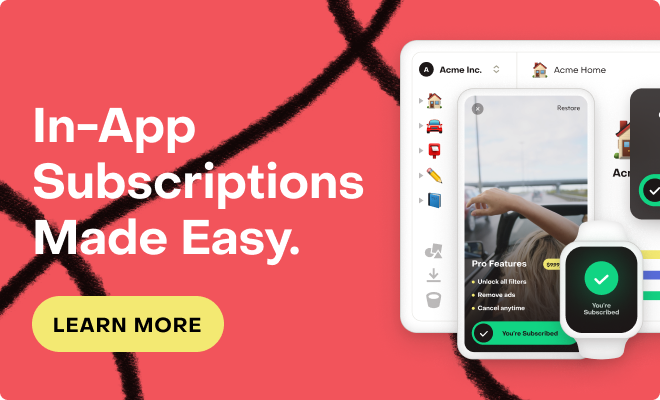Hi,
Thanks for your blog post: Converting a Paid iOS App to Subscriptions. It was very helpful! I have a few follow-up questions:
-
Is all the code and information in the post still up to date after a few years?
-
Regarding the
syncIfNeededfunction: it checks the info returned from RevenueCat, and if that fails and a receipt exists, it attempts to sync. But what happens if the receipt doesn't exist, or syncing isn’t sufficient? Is that a possible scenario? How should we handle users in that situation? -
In such cases, should we fall back to calling
restorePurchases, which might trigger the system sign-in prompt? The article doesn’t mention this.
Also, I noticed that appStoreReceiptURL is now deprecated, and Apple recommends using the AppTransaction API. I've tried this in my app, but in some cases, I can't access the original app version or purchase date unless I explicitly call AppTransaction.refresh(), which often causes a sign-in prompt. This seems similar to RevenueCat’s restorePurchases(), right?
So with Apple’s native SDK, there seem to be cases where retrieving the original purchase data requires prompting the user to sign in.
Does RevenueCat handle this better? For example, is a receipt always available (even if outdated), which would still allow access to original purchase data?
Or am I essentially in the same situation, where some users will inevitably need to go through restorePurchases / AppTransaction.refresh() and sign in to Apple?
Thanks again!




